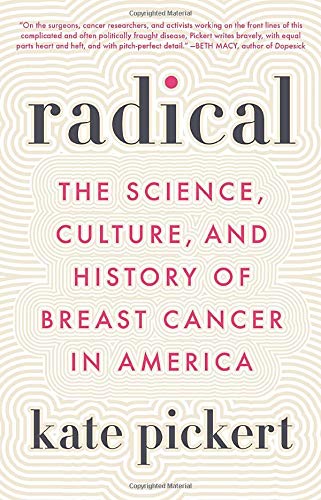Everything You Know About Breast Cancer Is Wrong
Radical: The Science, Culture, and History of Breast Cancer in America offers a much-needed update on breast cancer research, diagnosis, and treatment.
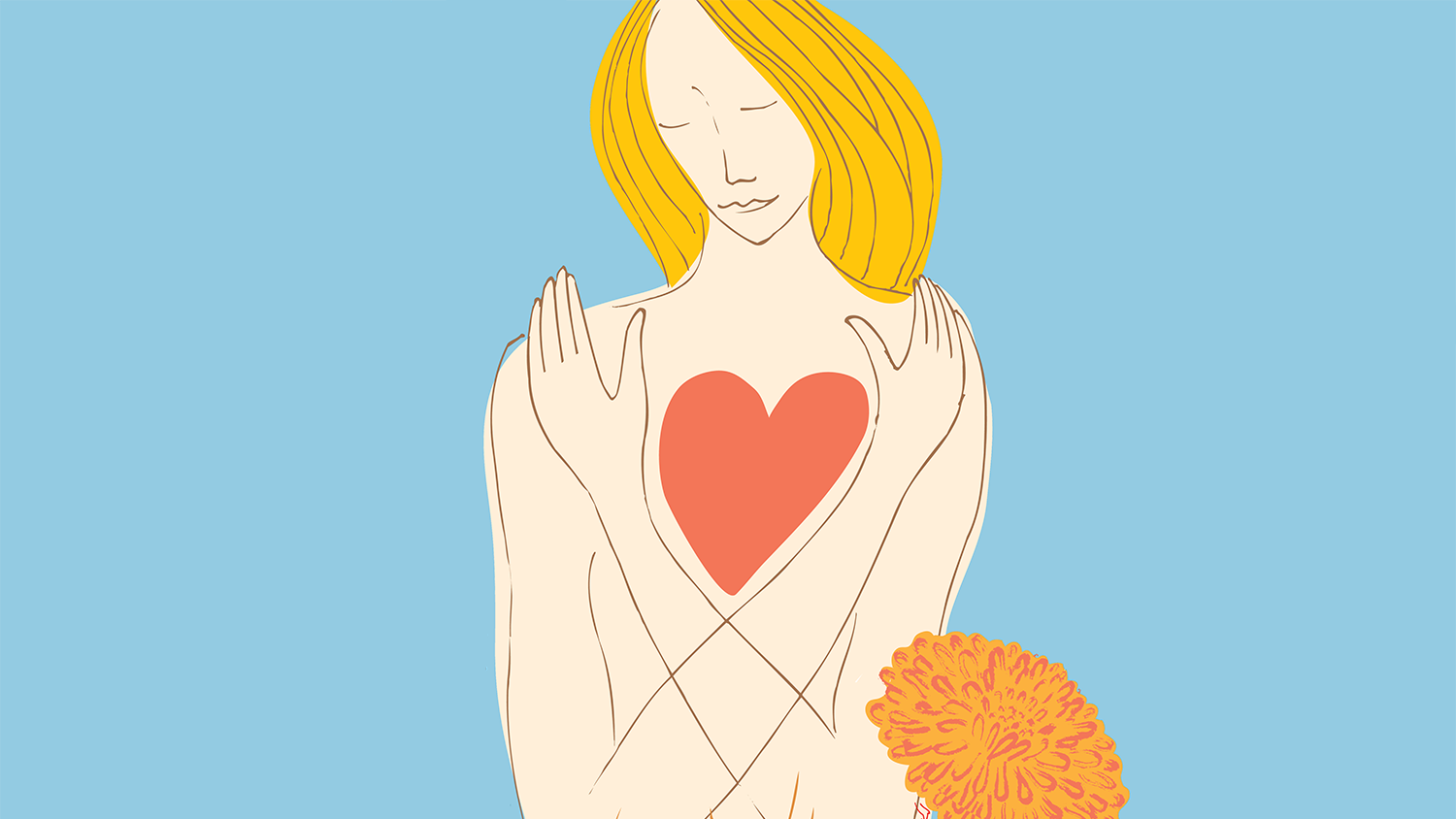

Mammograms fail to detect cancer in many women’s breasts.Many women get breast cancer despite having none of the risk factors.The pinks ribbons are not universally loved.Women used to get their breasts lopped off without their consent.Still, women are getting more mastectomies than are medically required.Catching cancer early is no guarantee.Fewer women are getting chemotherapy as the default treatment.Black women are 40 percent more likely to die from breast cancer.The treatment patients receive on the East Coast is different from on the West Coast.You can go through chemo and keep your hair.
Kate Pickert was 35-years-old when she was diagnosed with an aggressive form of breast cancer. She had no risk factors for the disease: she’s young, doesn’t have any of the genes associated with breast cancer, has no family history, or any of the lifestyle risk-factors (like obesity and heavy alcohol use). Her diagnosis felt like a mystery or bad luck, but as a healthcare journalist, she wanted to get to the bottom of why her experience felt so different from the way the breast cancer is commonly understood in the U.S. “Being a reporter was so helpful to me, both in figuring out my treatment plan, finding my doctors, and doing research, but it also allowed me to see both my own experience and the story of what came before me,” Pickert says. “I was really interested in how we got to me sitting in the chemotherapy infusion chair.”
So she set out to interview more than 100 physicians, including her own, researchers, economists, advocates, and fellow patients. What she learned is that many of our deeply engrained notions about breast cancer diagnosis, research, and treatment are outdated or just plain wrong, and the resulting book, Radical: The Science, Culture, and History of Breast Cancer in America serves as a much-needed update on the state of breast cancer today. “It’s such a mental boomerang to be living your life and then one day find out you have a life-threatening disease and then go through this very intense, otherworldly treatment, and then suddenly just be back to regular life,” says Pickert, who finished treatment in February 2016. “It’s really hard to describe what it’s like, but I knew so many women had gone through this experience and I thought trying to better understand it and explain it would help people support others in their lives who have faced cancer diagnoses.”
I interviewed Pickert about the biggest revelations she encountered in researching and writing this book; here’s what she had to say:
Mammograms fail to detect cancer in many women’s breasts.
“Breast cancer screenings through mammograms started in the 1970s. For a long time, it’s been a rite of passage for every woman when she turns 40 to begin getting annual scans. The problem with that is it creates a false sense of security. A lot of women think, ‘If I get an annual mammogram, I will not die of breast cancer.’ I think it’s important for women to know that it could happen to them anyway. Ever since mammograms became widespread, there’s been a debate about how useful they are for younger women. Women in their 40s tend to have breasts that are denser than older women and that makes it difficult to detect tumors. I had a mammogram and it showed that I had pre-cancer in my breast, but it did not show the invasive tumors that were there because I have dense breasts. They were only discovered by an MRI.
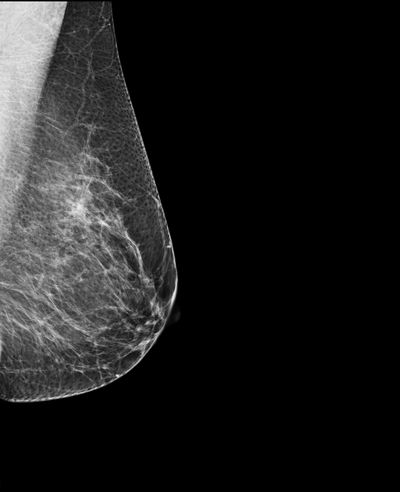
Most breast cancers are not discovered by mammograms, but instead by touch.
Overall, even aside from the age issue, mammograms, which are just X-rays, are not a tremendously effective technology for finding breast cancer. It’s very easy for a tumor to hide out in the breast and not to be detected. We should be looking for better technology and better systems for screening. I think our national obsession with mammography has really distracted us from the task of coming up with something better. Other technologies, like MRI and ultrasound, can be essential, especially for women with dense breasts. And there are studies underway right now to test whether we might consider adding more MRI to breast cancer screenings. There are also a couple trials to figure out if we can personalize screening—programs where women who are very low risk for breast cancer might get screened less or maybe not ever, whereas women who are high risk for developing breast cancer might get screened more frequently and with other technologies.
A lot of doctors that prescribe annual mammograms don’t discuss the pros and cons and effectiveness of mammography with their patients. It’s fine to get mammograms, but most breast cancers are discovered through touch. So it is really important to pay attention to your breast health and to see a doctor if you notice anything different about your breasts. And just feel yourself up!”
Stay In The Know
Get exclusive access to fashion and beauty trends, hot-off-the-press celebrity news, and more.
Many women get breast cancer despite having none of the risk factors.
“I have no idea why I got breast cancer. I have none of the genes associated with breast cancer; I don’t have any family history. I was only 35. I don’t fit into the high risk categories. So they couldn’t really point to the reason why I got it and this is the case for most women who are diagnosed with breast cancer. There are a lot of cancers that scientists have just not figured out why they happen. And there’s really not been a lot of large scale efforts to figure out what causes breast cancer. That’s partly because the research is extremely difficult and expensive. Figuring out why cancer occurs means doing a deep dive on a huge number of women to figure out what drugs have they taken, what foods have they eaten, what lifestyle factors may have contributed to their risk, what they have been exposed to, etc. But it may be worth it to do that work and spend the money to try to learn more because 40,000 women are still dying of breast cancer in this country every year and figuring out what causes breast cancer may give us insight into how to prevent it.”
The pinks ribbons are not universally loved.
“The pink ribbon, and the kind of pinking of breast cancer in America generally, has done a lot to increase awareness around breast cancer and it’s also been a great fundraising tool. The pink ribbon and National Breast Cancer Awareness Month has made women really tuned in to the fact that it could happen to them. And, of course, a lot of money has been raised and has gone to things like education, research, screening, and a lot of different causes in the breast cancer world. But there are a lot of people in the breast cancer community who are really turned off by pink and by the pink ribbon. A lot of people have criticized the ribbons because pink is a sexy, cheerful color that’s not serious and breast cancer is very serious. And in particular, one thing I realized in talking to a lot of women who have metastatic breast cancer—every woman who dies of breast cancer dies of metastatic breast cancer—is that they feel really shut out of the breast cancer advocacy community and pink and the ‘survivor’ narrative doesn’t really resonate with them. So I think there’s been a lot of good from the pink ribbon and all the pinking, but I don’t think it does a lot to convey the complexities of the disease and what it’s like to be a patient.”
Women used to get their breasts lopped off without their consent.
“There was a really long period of time where women in this country were undergoing breast cancer surgery—mastectomies and double mastectomies—but they weren’t really involved in the decision making and doctors were deciding what they should do. Back in the 60s and 70s, biopsies were done surgically under general anesthesia—we didn’t have the needle biopsies that we have now. So when a woman was diagnosed with breast cancer, she would go under general anesthesia, get a biopsy, and then the biopsy would be studied in real time on the spot by a pathologist. If it was found to be cancer, the woman would get a mastectomy and she didn’t have the opportunity to make any choices about that. Women would wake up from surgery, feel their chest, check the clock on the wall, and depending on the surgery and how long it took, that’s how they would learn if they had had a mastectomy or not. Some activists in the 1970s said, ‘This isn’t right. Women need to have agency. They need to be more involved in what happens to them.’ So, that so-called one-step procedure eventually faded away and, of course, women now make all kinds of decisions on treatment.”
Still, women are getting more mastectomies than are medically required.
“Women are very scared and rightly so. When you get a diagnosis of breast cancer, your primal instincts kick in and you just think, I want to do everything I possibly can to make sure that this goes away so that I never have to deal with it again. I understand that response as a former patient, and there are a few reasons that women are demanding bigger surgeries than they medically might need. One is that women who could have their cancer removed through a lumpectomy might choose a mastectomy or double mastectomy because the idea of having to face another breast cancer diagnosis later in life is more than they can bear. I understand that desire and I think as long as a woman is fully informed, it’s her right to make those decisions.
The second reason there’s a lot more surgery than we might medically need is that insurance will cover it. We have a law in this country that requires insurance to cover pretty much any surgery that a breast cancer patient gets, including reconstruction. So, if it’s covered, a lot of women will go for it. And the third reason I think we have a lot of surgery is that the plastic surgery piece of the equation has gotten a lot better over the years. Reconstructive breast surgery is a really innovative and thriving field, so the results are a lot better now. Women now know that they can go through a mastectomy or double mastectomy and end with reconstructed breasts. So that’s another reason why women who are on the fence might go for a larger surgery and get plastic surgery afterwards.
I decided to have a double mastectomy myself even though that was more than my doctors said was necessary. It was a tough decision to make, but I was so young when I was diagnosed and because my doctors had no idea why I had gotten breast cancer, there was a lot of concern that whatever caused me to get cancer in my left breast might also cause me to get it in my right. I also really wanted symmetry, which I think is also a reason a person might decide to have a double mastectomy when they could probably get by with a single. That was my thinking anyway.”
Catching cancer early is no guarantee.
“Twenty to 30 percent of women diagnosed with early stage breast cancer see their breast cancer recur; some of those recurrences are treated effectively and sometimes those recurrences turn into metastatic disease. Being diagnosed early doesn’t mean your cancer couldn’t pop up again. That’s one reason I think it’s a bit misleading to say early detection is the best cure. Early detection is important, but it’s by no means a guarantee. That's a tough reality to face, but it’s true. I interviewed several women for the book who were diagnosed with early stage disease and did everything right—they checked their breasts, they found small lumps, and they were diagnosed, only to see their disease return. It’s important to get great, effective treatment and be at a good hospital with a smart oncologist, but there really are no guarantees in breast cancer. Even after you’re treated, you need to stay vigilant about paying attention to your body.”
Fewer women are getting chemotherapy as the default treatment.
“There’s a real effort in the oncological community to deescalate treatment for breast cancer. A lot of people are rethinking the traditional approach to treatment (surgery, chemotherapy, radiation) and trying to come up with ways that are easier on women and more effective. There are several main types of breast cancer, but even within those categories, we’re learning more about smaller subcategories. And more specific diagnoses mean more specific drugs can be developed to treat them, so many oncologists are adding targeted drug therapy to chemotherapy, or perhaps even replacing chemotherapy with more targeted drug therapy.
There was a big study that came out recently showing that a lot of women who were prescribed chemotherapy didn’t actually benefit from it. It was a really well done study, done over a long period of time, and it immediately changed protocols for women diagnosed with breast cancer. A lot of women with breast cancer still get the standard treatment but we are learning more about when it's not effective. And if chemotherapy’s not effective, you don’t want to give it to anyone because it’s toxic, hard to live through, and it can cause other complications.”
Black women are 40 percent more likely to die from breast cancer.
“There are a lot of reasons for that, and as with any racial disparity, it's complicated and there is no single factor. But I think it likely has to do with access to really good treatment and to effective screening. We’re learning more all the time about the ways that people are treated differently once they enter the medical system, depending on income and on their race—which is of course completely wrong—but we see this in breast cancer treatment as well. The Susan G. Komen Foundation is reprioritizing where it spends its money and is putting a lot of money and attention on this very issue in breast cancer and is doing a lot of work to try to right the numbers so that everyone is treated well and fairly, in order to reduce and one day eliminate the disparity.”
The treatment patients receive on the East Coast is different from on the West Coast.
“A lot of patients don’t know this, but doctors make a lot of choices when it comes to choosing which chemotherapy combinations and drug treatments a patient receives. That was one of the most fascinating things I learned in reporting the book, and it was one of the things that made me want to write the book in the first place. I was just totally unaware that there were options.
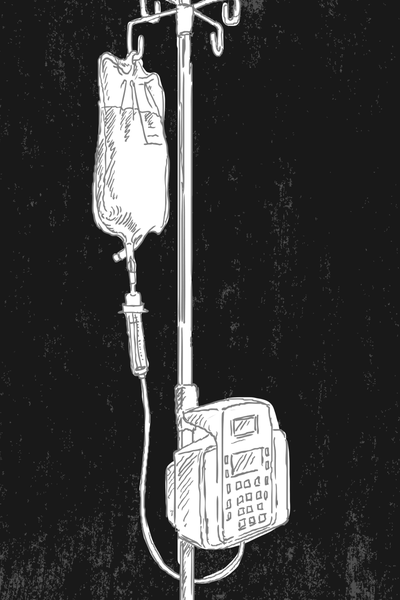
There is feeling within the oncological community that doctors in New York City prescribe a type of chemotherapy that is maybe more effective, but is more toxic. And on the West Coast, it’s more likely for women to be prescribed a type of chemotherapy that is a little less toxic, and almost exactly as effective.
It’s definitely not true of every hospital on the East Coast, but there is a feeling within the oncological community that doctors in New York City prescribe a type of chemotherapy that is maybe more effective, but is more toxic. And on the West Coast, it’s more likely for women to be prescribed a type of chemotherapy that is a little less toxic, and almost exactly as effective. It’s not that you have a good doctor or a bad doctor—there are all kinds of cultural differences between New York and Los Angeles and they filter down into the cancer community as well. Some doctors on the West Coast are really focused on lowering the toxicity of chemotherapy treatment.
So women should talk to their doctors about the type of chemotherapy they’re being prescribed. It’s not that women should be expected to understand all of the biology and chemistry that goes into the drugs that treat them, but any good doctor should have a conversation with their patient about what type of chemotherapy they are getting and why that chemotherapy is being chosen.”
You can go through chemo and keep your hair.
“I did this cool thing during my chemotherapy treatment called scalp freezing where I wore these super, super cold caps on my head during my chemotherapy infusions, which reduced the damage to my hair follicles and meant that I wouldn’t go bald. When I heard about this technology, it was a great relief to me that I could get through chemotherapy and basically still look the same. Keeping my hair was really important to me because it allowed me to maintain my privacy. I didn’t have to get looks from folks that I didn’t want, or answer questions about cancer if I didn’t feel like it. Also, my daughter was a young toddler at the time, and she was too young to understand the complexities of cancer, so we didn’t tell her about it until a couple years later. But during that time, Mommy looked the same. I was also able to get a new job in the middle of chemotherapy; I went through the interview process and the people I was interviewing with didn't know I was a cancer patient because I didn’t lose my hair.”
For more stories like this, including celebrity news, beauty and fashion advice, savvy political commentary, and fascinating features, sign up for the Marie Claire newsletter.
RELATED STORIES
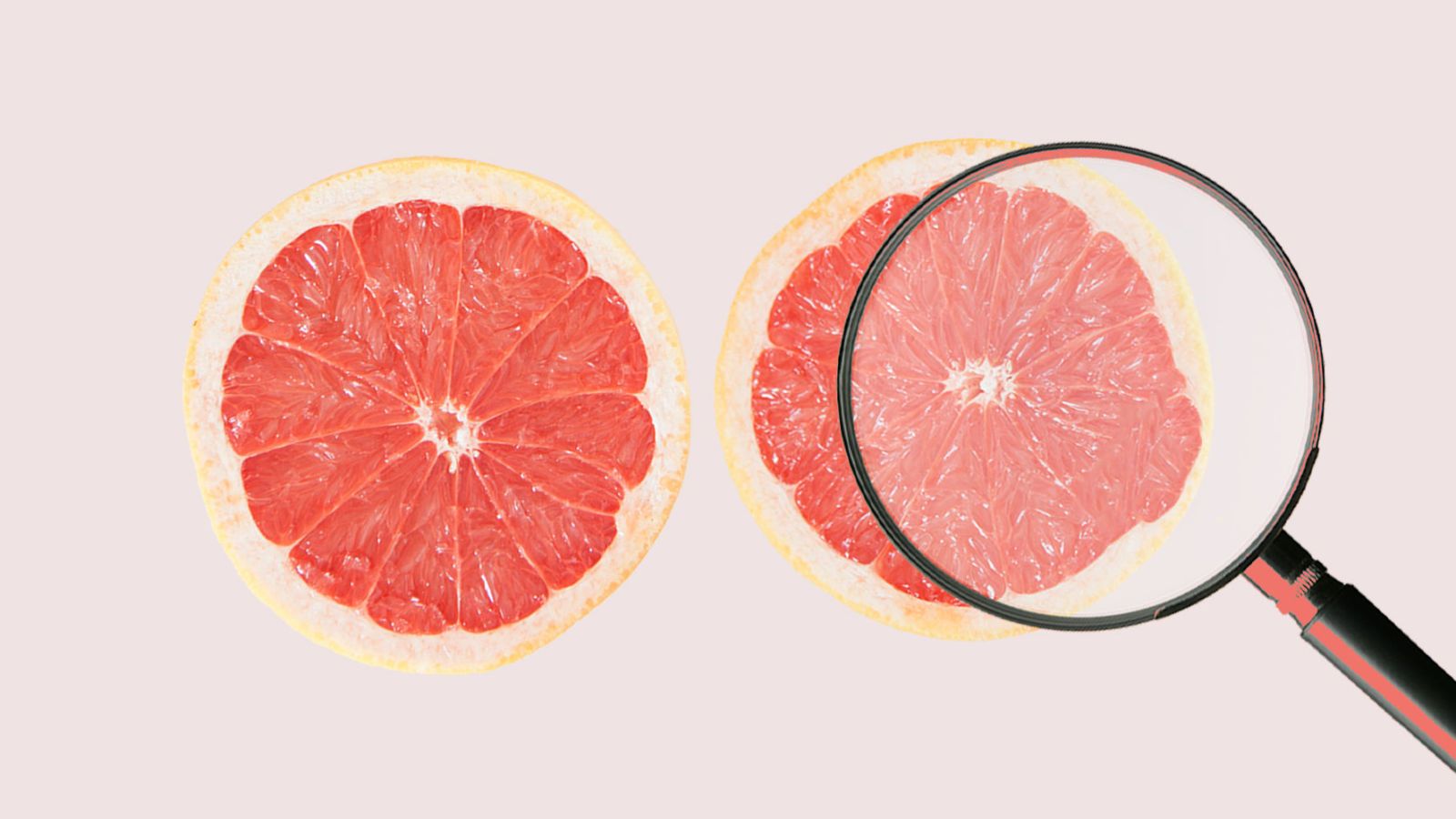
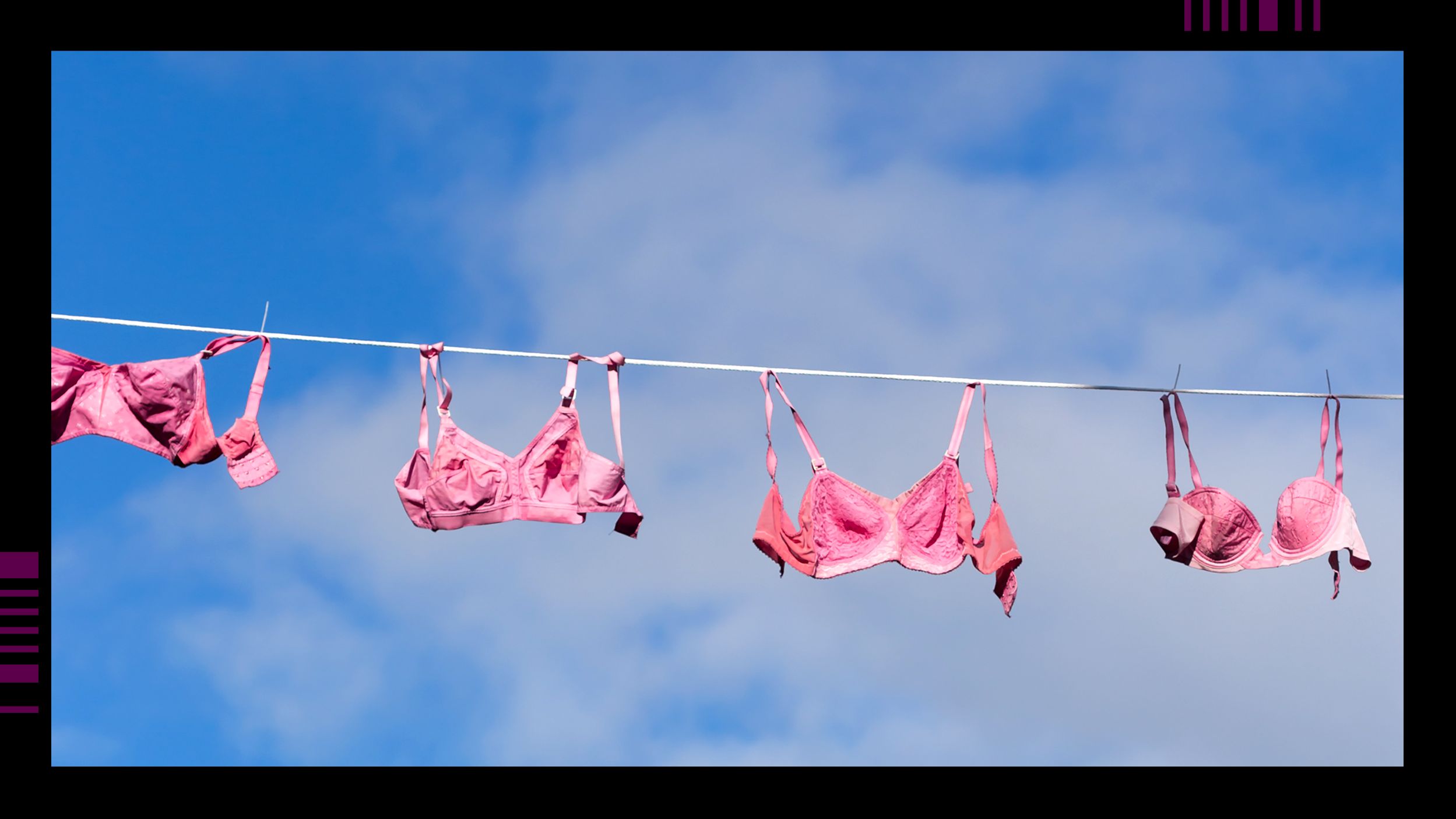
Kayla Webley Adler is the Deputy Editor of ELLE magazine. She edits cover stories, profiles, and narrative features on politics, culture, crime, and social trends. Previously, she worked as the Features Director at Marie Claire magazine and as a Staff Writer at TIME magazine.
-
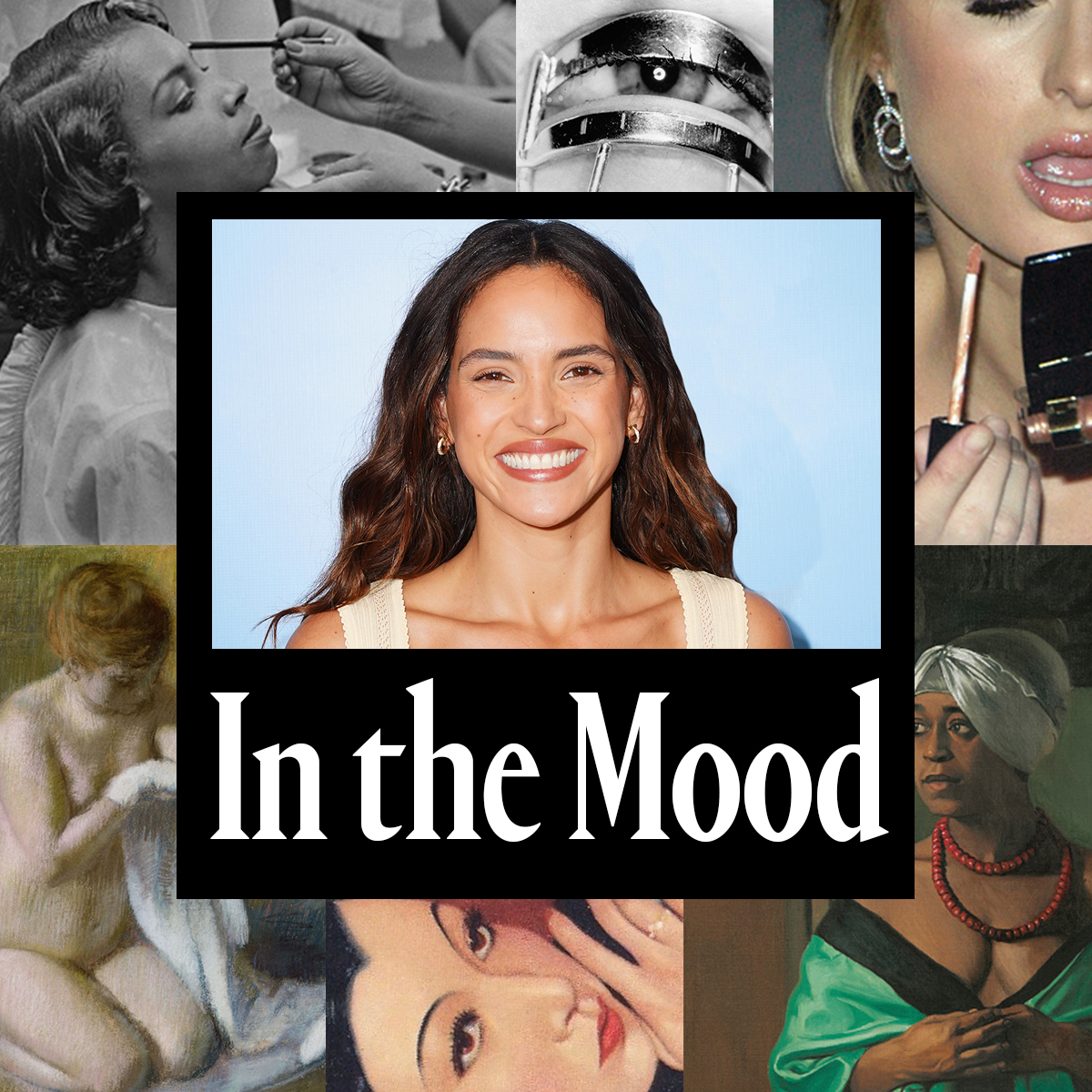 Adria Arjona Smells Irresistibly Delicious Courtesy of This $48 Hair Oil
Adria Arjona Smells Irresistibly Delicious Courtesy of This $48 Hair OilPlus the makeup routine that helps her feel "like a rebel."
By Ariel Baker Published
-
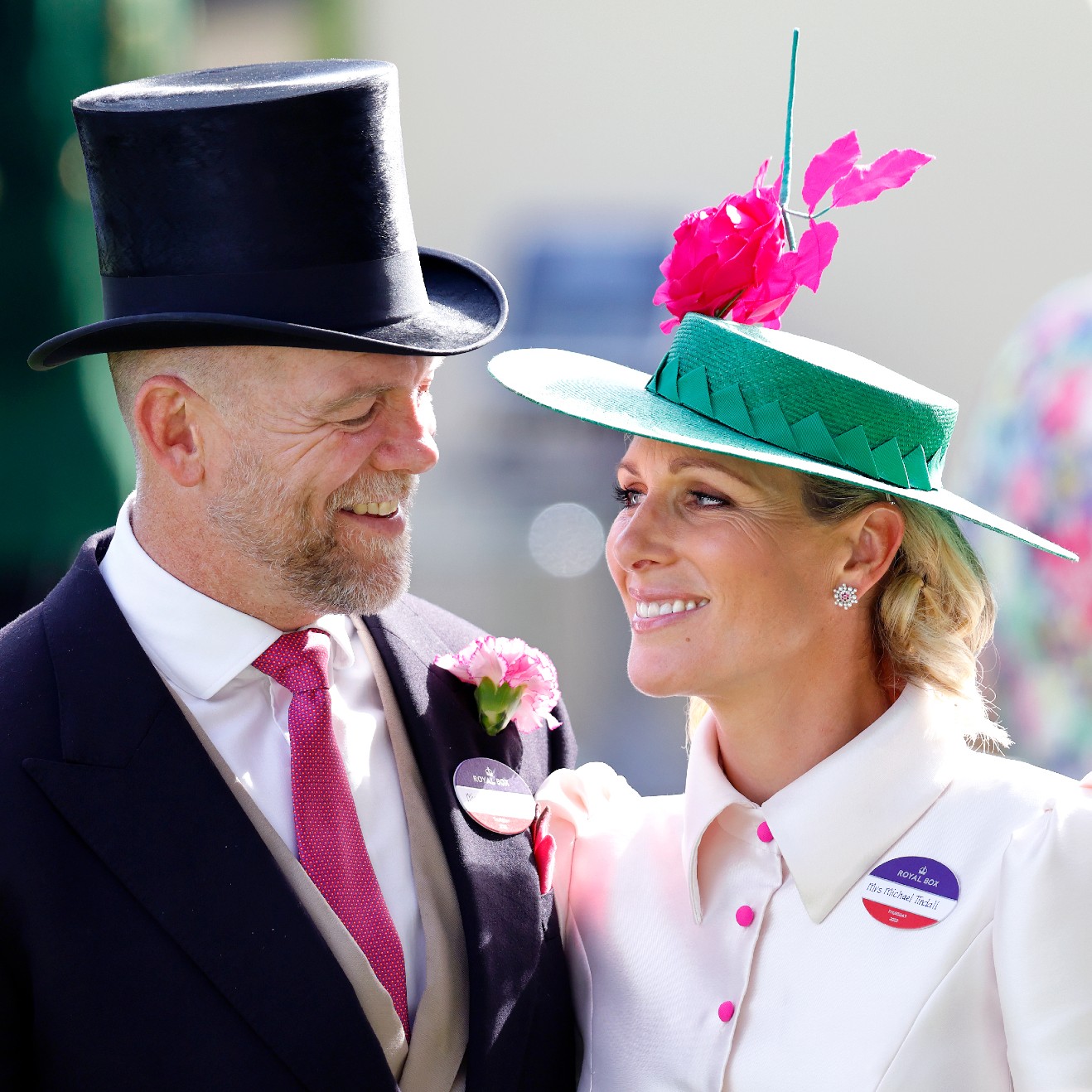 Princess Anne's Unexpected Suggestion About Mike Tindall's Nose
Princess Anne's Unexpected Suggestion About Mike Tindall's Nose"Princess Anne asked me if I'd have the surgery."
By Amy Mackelden Published
-
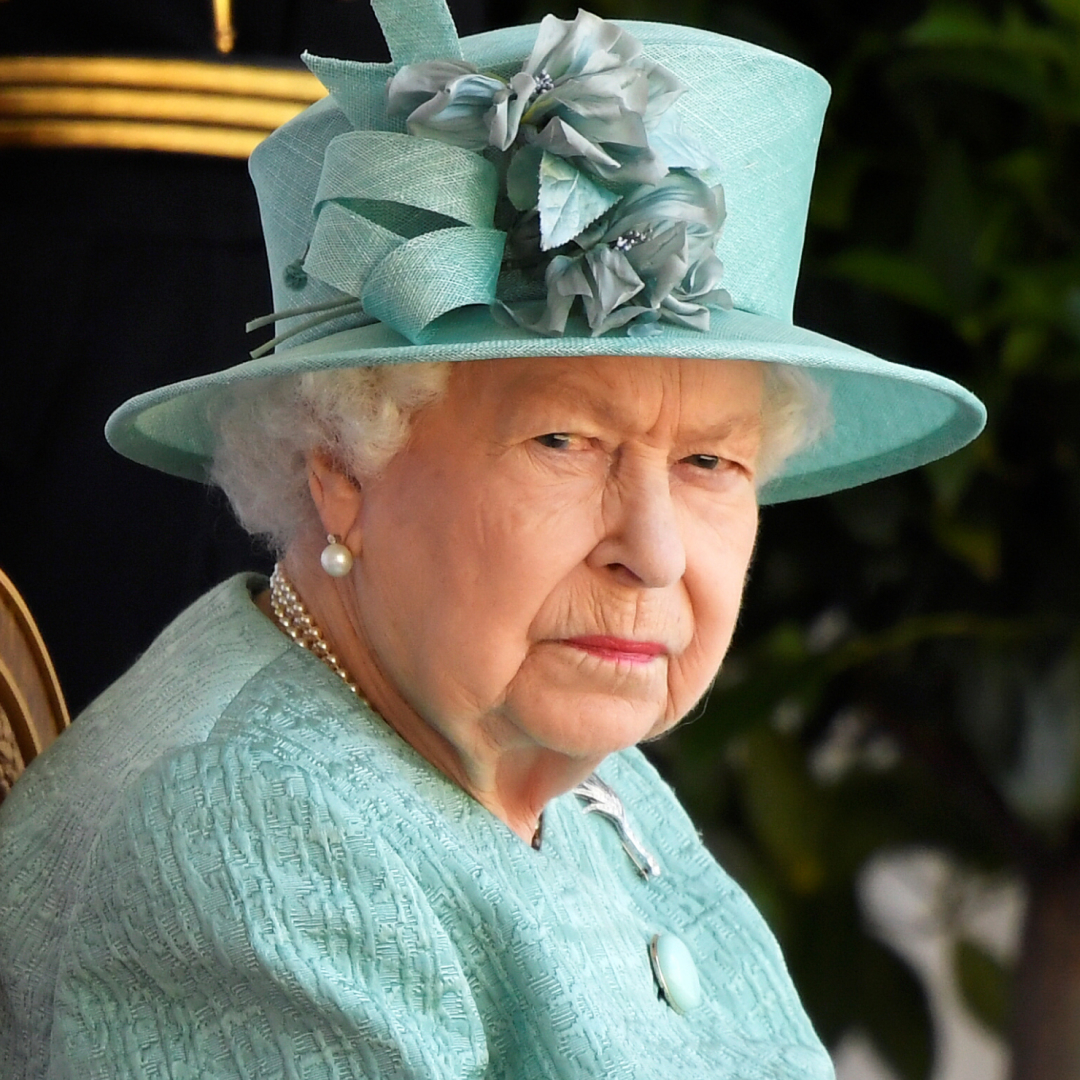 Queen Elizabeth's "Disapproving" Royal Wedding Comment
Queen Elizabeth's "Disapproving" Royal Wedding CommentShe reportedly had lots of nice things to say, too.
By Amy Mackelden Published
-
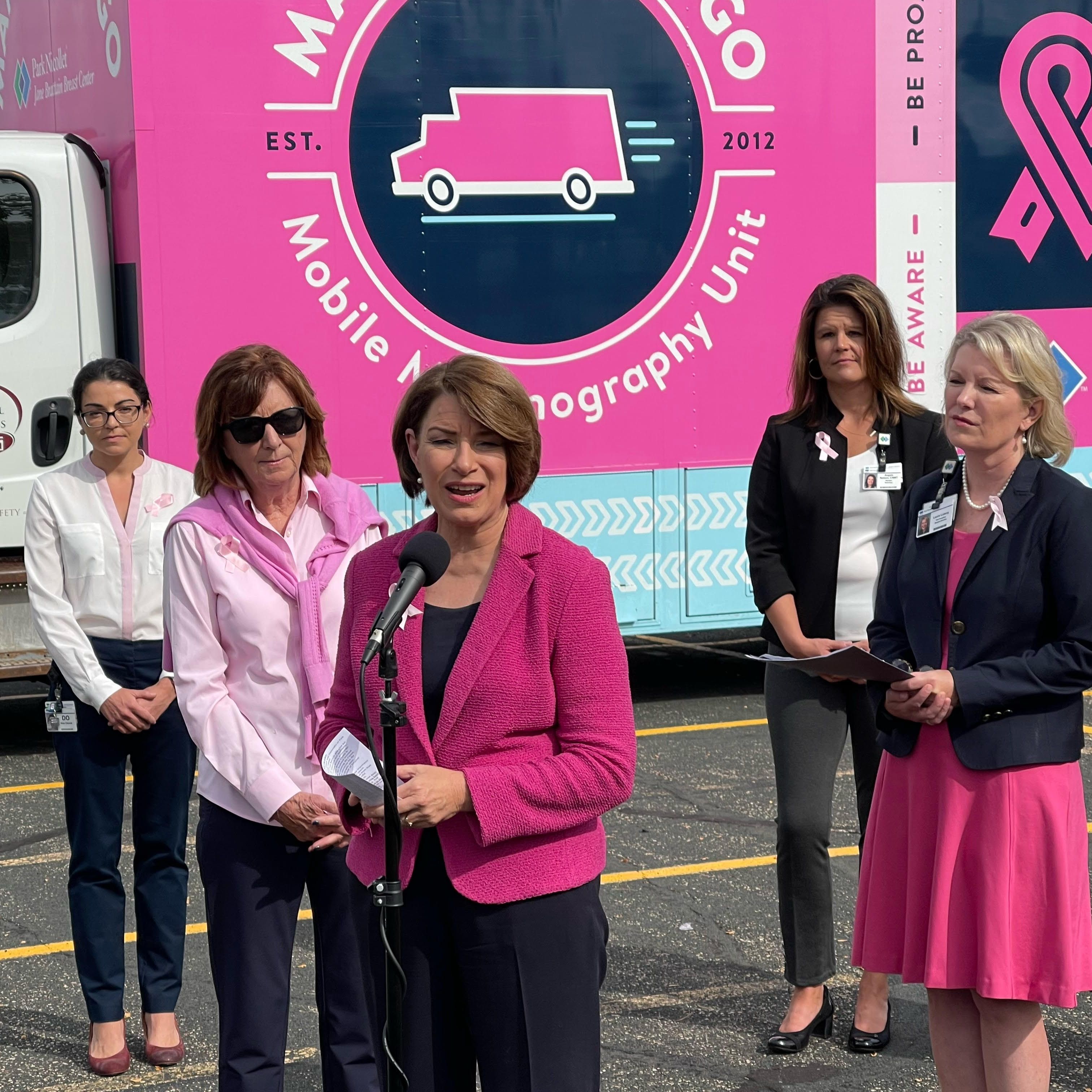 Senator Klobuchar: "Early Detection Saves Lives. It Saved Mine"
Senator Klobuchar: "Early Detection Saves Lives. It Saved Mine"Senator and breast cancer survivor Amy Klobuchar is encouraging women not to put off preventative care any longer.
By Senator Amy Klobuchar Published
-
 I'm an Egg Donor. Why Was It So Difficult for Me to Tell People That?
I'm an Egg Donor. Why Was It So Difficult for Me to Tell People That?Much like abortion, surrogacy, and IVF, becoming an egg donor was a reproductive choice that felt unfit for society’s standards of womanhood.
By Lauryn Chamberlain Published
-
 The 20 Best Probiotics to Keep Your Gut in Check
The 20 Best Probiotics to Keep Your Gut in CheckGut health = wealth.
By Julia Marzovilla Published
-
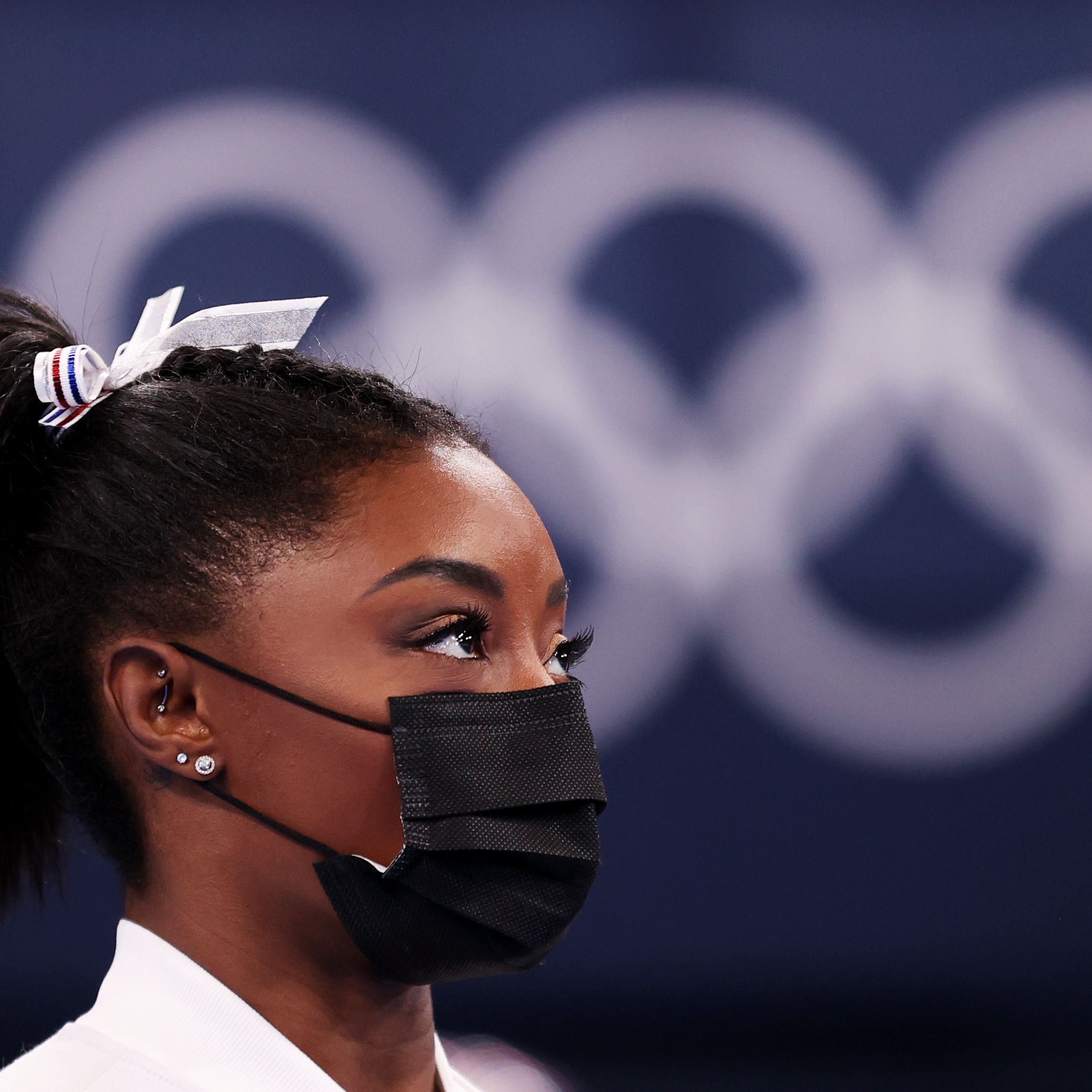 Simone Biles Is Out of the Team Final at the Tokyo Olympics
Simone Biles Is Out of the Team Final at the Tokyo OlympicsShe withdrew from the event due to a medical issue, according to USA Gymnastics.
By Rachel Epstein Published
-
 The Truth About Thigh Gaps
The Truth About Thigh GapsWe're going to need you to stop right there.
By Kenny Thapoung Published
-
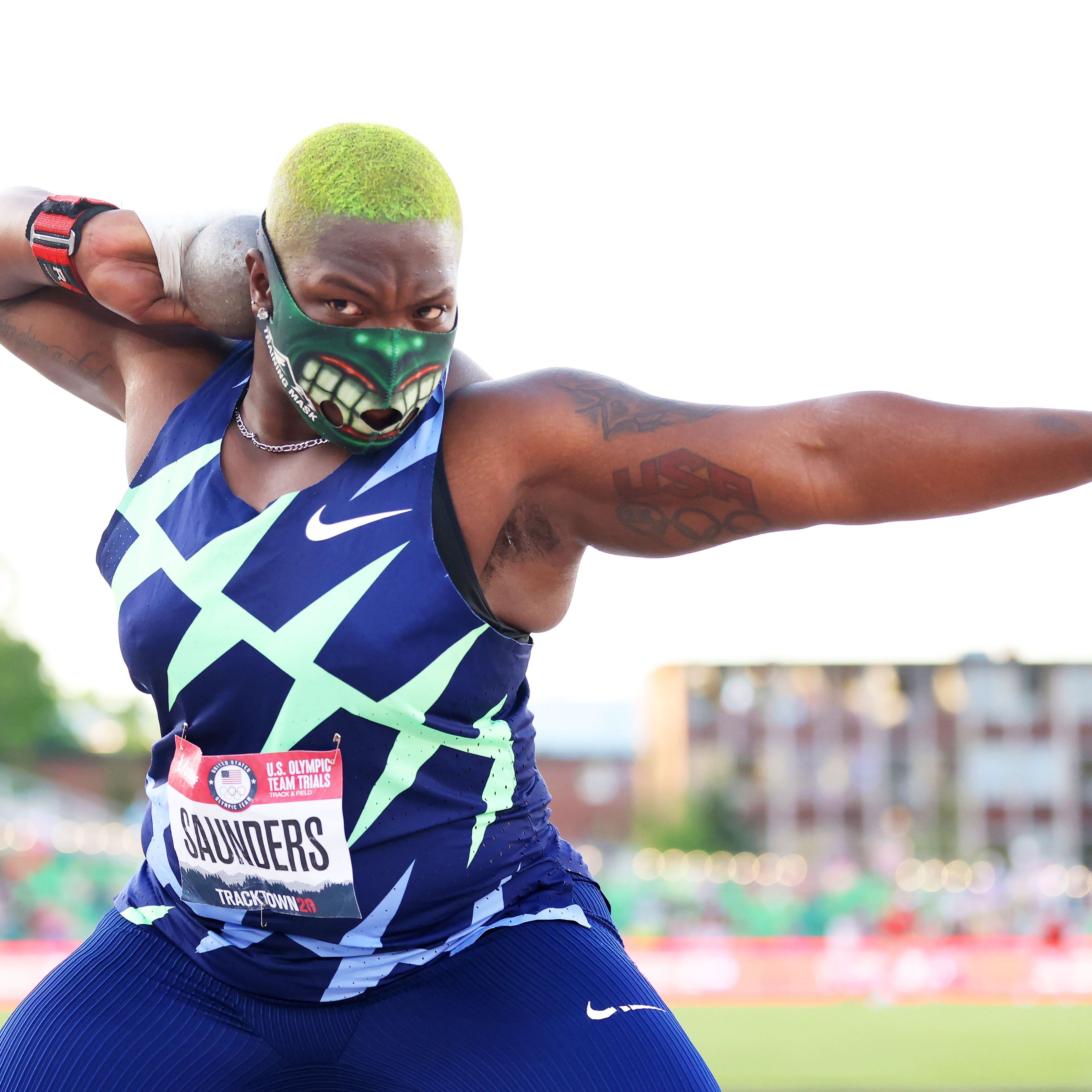 Raven Saunders Is Getting Another Shot at Life—and the Gold
Raven Saunders Is Getting Another Shot at Life—and the GoldThe Olympic shot putter almost didn't live to see the Tokyo Games. Now, she's gearing up to compete while advocating for mental health in the sports world and beyond.
By Rachel Epstein Published
-
 The High Price of Living With Chronic Pain
The High Price of Living With Chronic PainThree women open up about how their conditions impact their bodies—and their wallets.
By Alice Oglethorpe Published
-
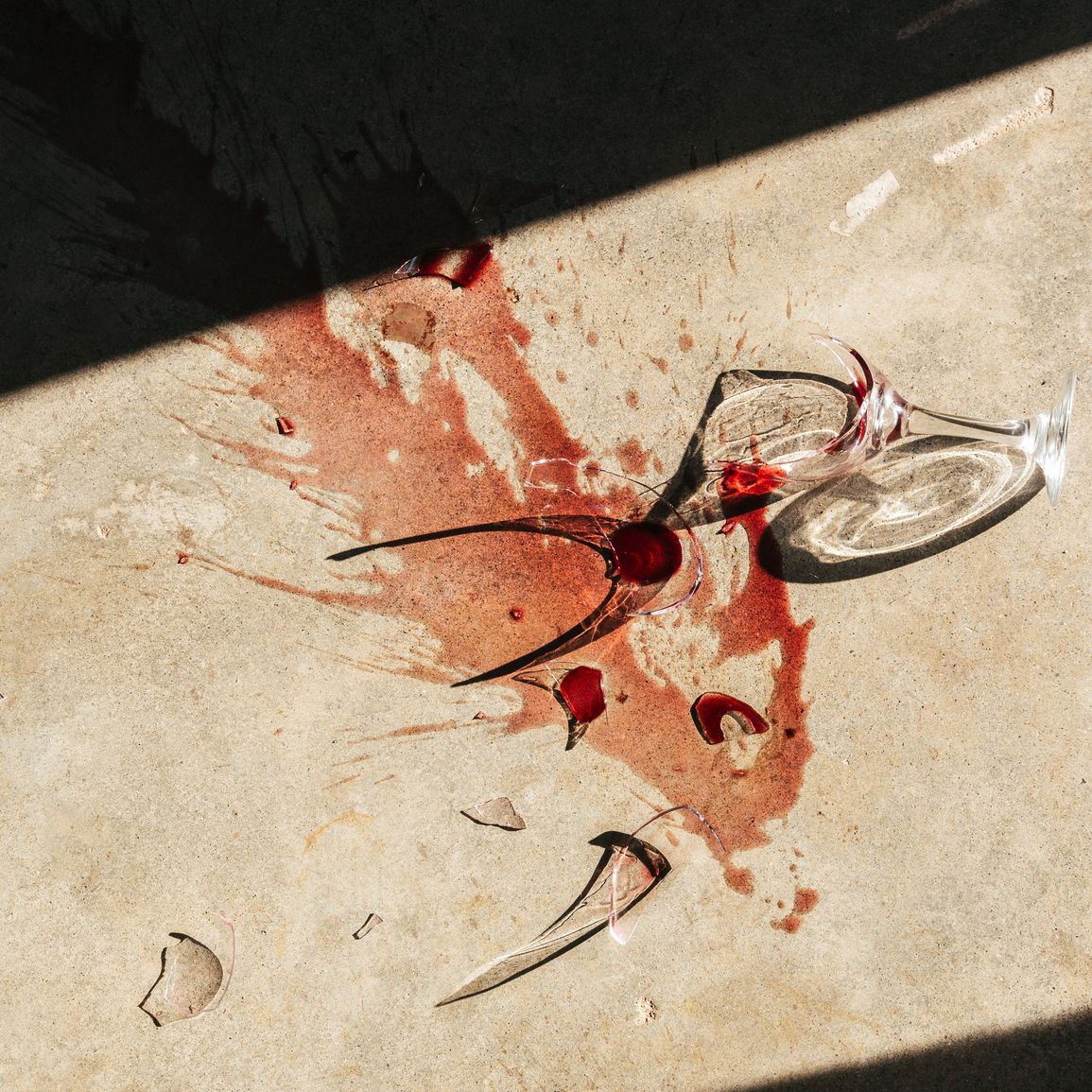 I Used to Imagine Murdering the Men I Dated
I Used to Imagine Murdering the Men I DatedFalling in love helped me finally figure out why.
By Jessica Amento Published
